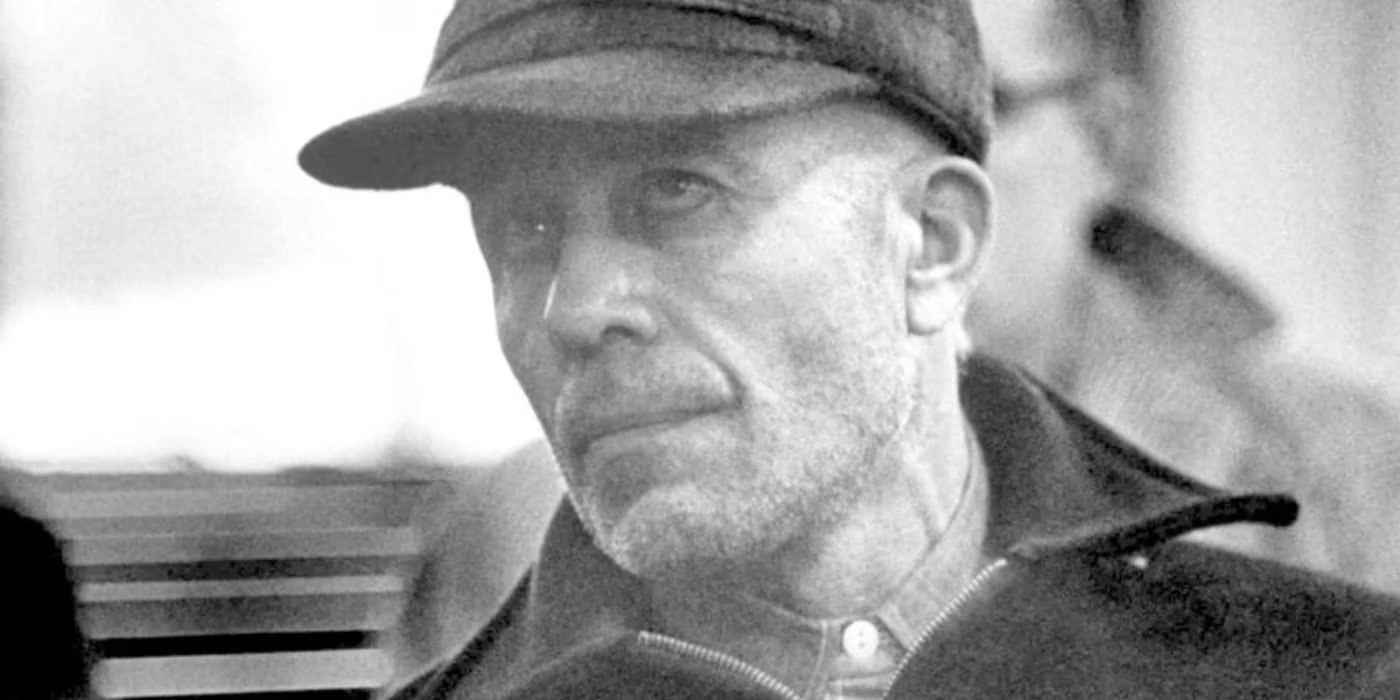
Although Ed Gein has killed more people than others, only few have had such a profound effect on American culture.
Police in Plainfield, Wisconsin broke into the remote farmhouse in the fall of 1957. The man was a quiet man who had generally stayed to himself in the years following the death of his controlling mother. As they entered the house's summer kitchen, they noticed a body dangling by its heels from a rafter.
It took them a few moments to understand that this was the decapitated corpse of Bernice Worden, the owner of a nearby hardware business. After shooting the 58-year-old widow in the store, Gein drove her body back to his estate, where it was being prepped for its eventual placement in a macabre collection.
Gein's incredibly difficult childhood was the root cause of his horrible actions, which ironically became the buzz of every American town. Born in 1906, Gein attended just the eighth grade of school. His parents were George, an alcoholic father, and Augusta, a strict and almost insane mother.
Augusta had a greater influence on Gein than either his father, who passed away in 1940, or his older brother, who perished in a mysterious marsh fire in 1944. She had unwaveringly negative opinions toward sex, women in particular, and foreigners. Her charisma was so strong that Gein grew unhealthyly and completely reliant on her.
Upon his arrest, Gein admitted to the crimes and pointed the authorities to the cemetery where he had unearthed more human remains, but he didn't appear to understand the consequences of his actions. He was sent to a mental facility in Waupun, Wisconsin for the remainder of his life after doctors declared him insane and diagnosed him with schizophrenia.
He was judged "not guilty by reason of insanity," and even though he was declared competent to stand trial ten years later, he was sent back to a safe haven. As the investigators searched the home, they found more and more strange and horrifying artifacts: human skin chairs, skulls fashioned into bowls, stuffed faces hung on the walls, and a torso fitted into a wearable vest.
They also discovered a box full of female genitalia, a nipple belt, a heart bag, and a pair of lips fastened to a light shade pull. The majority of these appalling artifacts were not the product of murder, but rather of grave robbing. However, Gein did confess to another murder after his arrest: he killed Mary Hogan, the tavernkeeper, whose body weighed over 200 pounds, which he estimated would fit inside a skin suit.
When Gein's situation was made public, the public was both appalled and oddly excited. It quickly became a cause célèbre. After producer and director Alfred Hitchcock created the now-iconic picture Psycho (1959), which was partially based on Robert Bloch's pulp novel, it gained even more cultural traction.
It's highly likely that Norman Bates took inspiration from Gein for his smothering mother and bashful grin. Although schizophrenia has nothing to do with "split personalities" as the term is commonly understood to imply, it appears likely that Bates' diagnosis served as inspiration for the various identities he assumes in the film.
Watch as Naomi Ekperigin discusses Ed Gein, the serial killer who served as Norman Bates' model, discussing everything from his mother's connection to his murderous deeds.
After Augusta passed away, two years later, Gein began visiting nearby graves. He collected body parts from at least fifteen women over the course of the next ten years, two of whom he killed. The idea was to create a reimagined version of his deceased mother, who Gein subsequently "inhabited" while he danced under the moonlight while donning the skin suit and other body parts.
Psycho increased the shock value of certain of Gein's acts, such as the murder weapon he used: although Gein shot both of his victims with a rifle, Norman Bates preferred to use a knife. Subsequent works that were somewhat influenced by Gein, such The Silence of the Lambs (where Buffalo Bill creates a human skin suit) and The Texas Chain Saw Massacre (where the perpetrator, Leatherface, wears a mask of human skin), either embraced or exceeded the horror of the original.
Ten years after he had made an unsuccessful application to be released from the guarded hospital in Wisconsin, Ed Gein himself passed away in 1984. There was not a single mark on his record of incarceration.
See Also:
